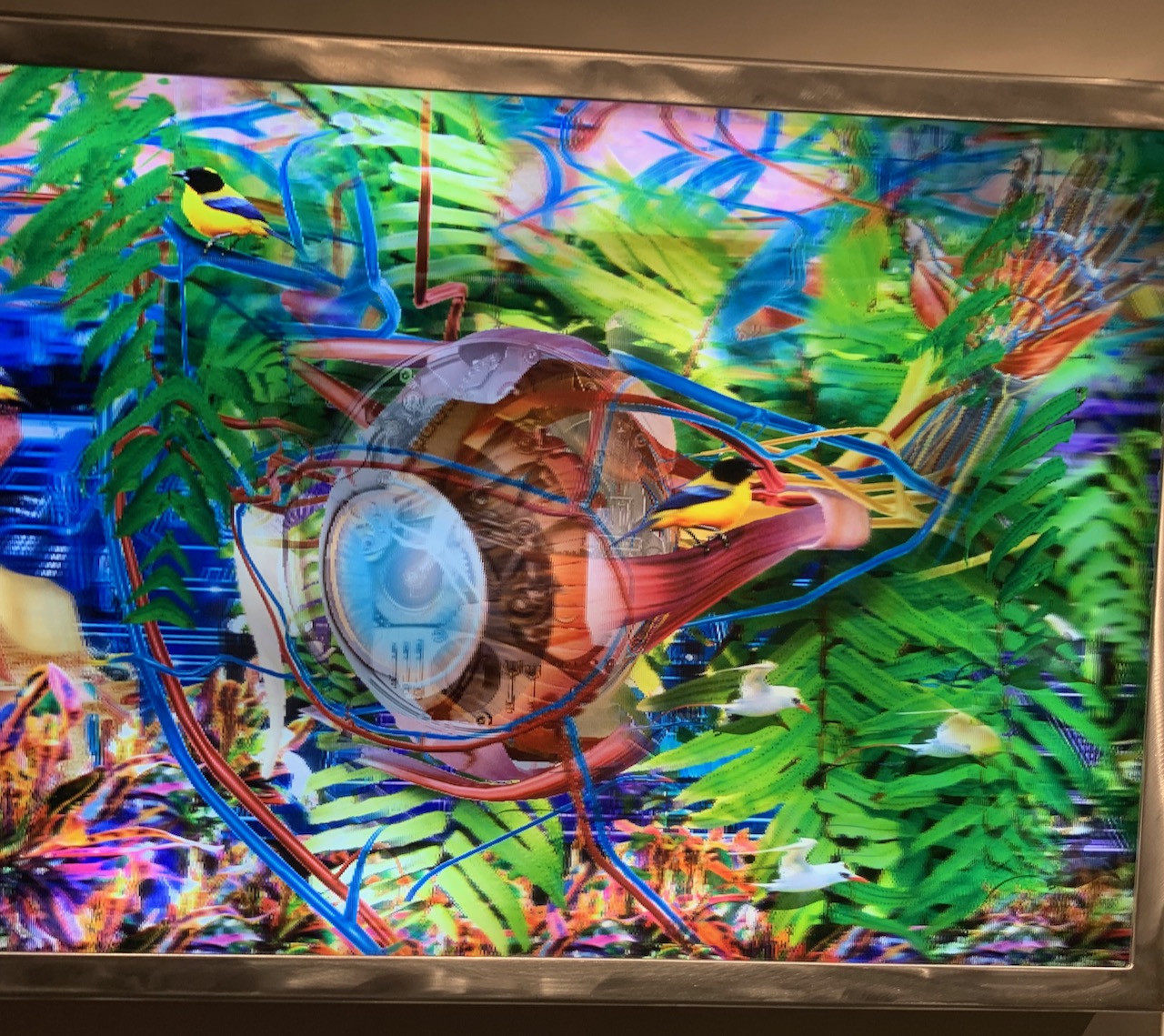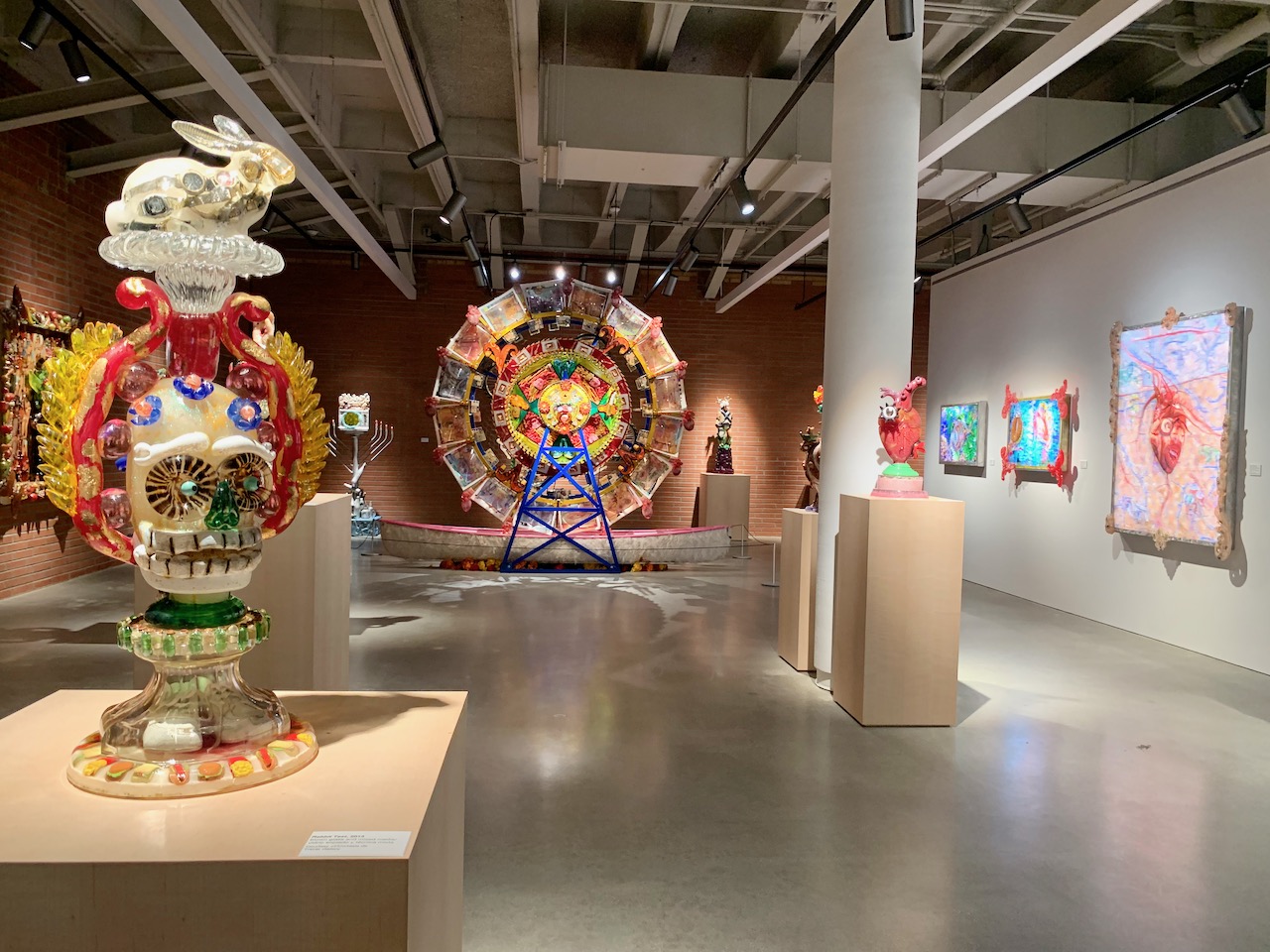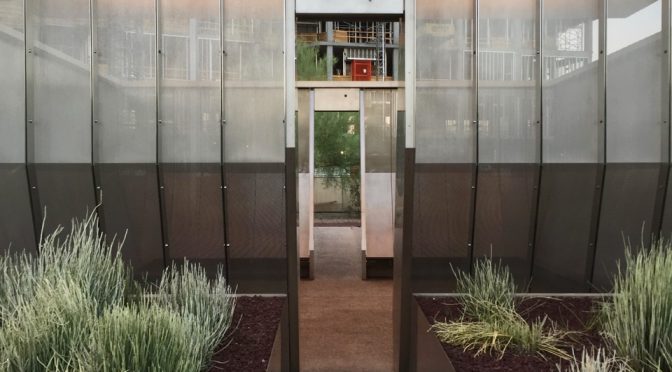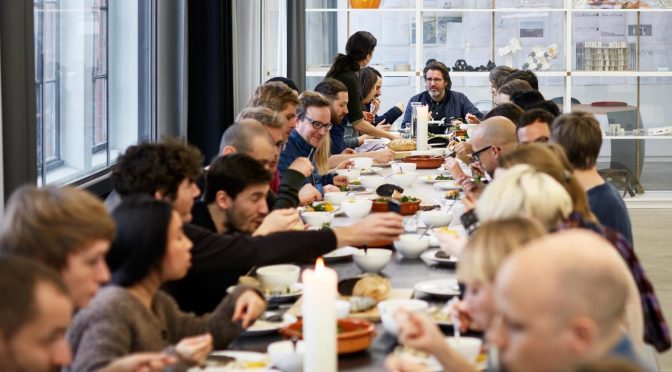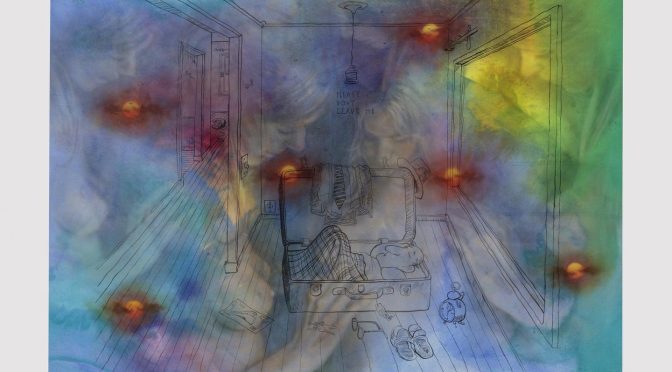Advice to would-be entrepreneurs: part 1
A recent conversation with one of my Visual Thinking students got me thinking what my advice would be to a young person interested in being an entrepreneur. (Bare in mind that I’m more of an Art-repreneur).
First thing would be to learn from the experiences of experts. That could be in a college program, by taking a few targeted classes, joining an innovation-oriented company. Or you could dive in. (Prepare for some bumps, whichever path you take).
Teach yourself. Read. My list starts with Tim Ferris’ classic, The 4 Hour Work Week. When I read this, I thought, “I’m doing pretty good. I’m supporting myself working about 16 hours a week, leaving plenty of time for art and other explorations”. My key takeaways from the book:
- Don’t kill yourself by trying to do it all yourself. It’s inefficient. It indicates a lack of valuing your own precious time. Outsourcing is one way. My favorite site for that is PeoplePerHour.
- Entrepreneurs focus on HOURLY income, not annual.
- Smart entrepreneurs put at least as much effort into designing their lifestyle, as they put toward designing their business.
- Beware of the “Building-a-better-mousetrap syndrome.” (I am so guilty of that, often giving no consideration as to whether any market exists for one of my clever ideas).
- With clarity about how he really wanted to live Tim focused on developing a business where he was earning in dollars/euros, spending in Argentine Pesos (after he realized he dreamed of mastering the Tango), and paying his outsourced help in India in Rupees. ($1=37.04 pesos, & it takes 70.92 rupees to make one US dollar.)
It will take a while to put all my ideas down, but the next thing that comes to mind is…
what, if any degree, should a future entrepreneur get?
Product Design is an obvious path, and it is a broad visual education that can be applied in many directions. Schoolwise, it’s a no-brainer. Rhode Island School of Design (RISD) is #1. Art Center in Pasadena is #2. I wouldn’t waste my time elsewhere, but Standford would interest me if I was starting out again and wanted something a bit more focused on tech/software, than the design of objects. The ‘D’ school at Stanford was where the notion of ‘design-thinking’ and empathetic design evolved. In fact, two of my favorite reads originate there. Creative Confidence by Tom & David Kelly, and Creativity in Business by Ray & Myers.


